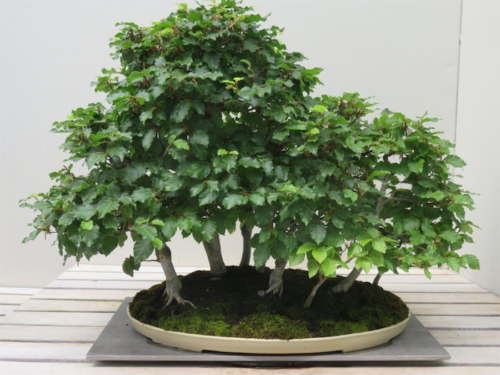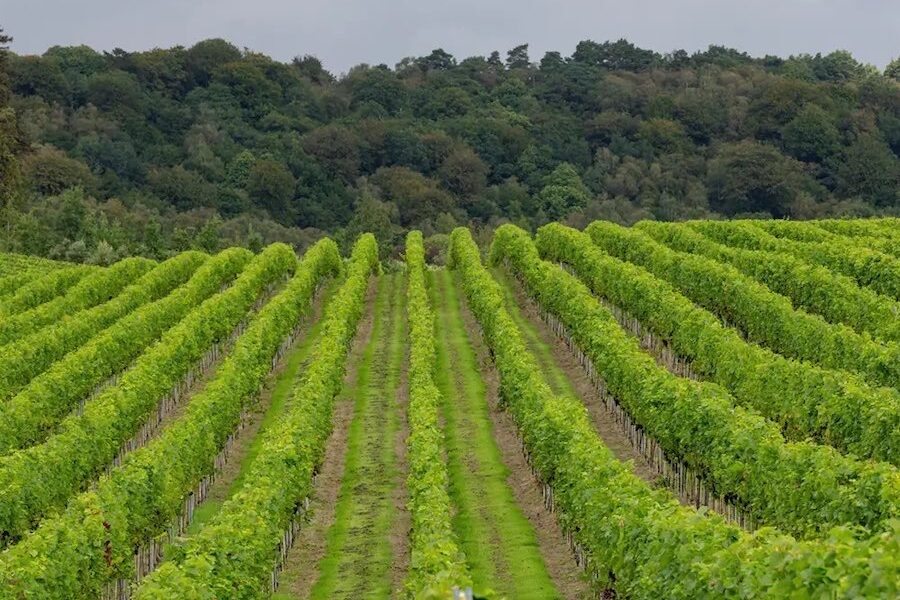
Viburnum tinus… one of more than 200 species of evergreen and deciduous viburnum.
Sometimes, in a rush to grow newer, better-flowering or improved disease-resistant plants, we may overlook many of the tried and true varieties, writes gardening columnist CEDRIC BRYANT

LOOKING out the window, I can see a perfect hedge plant, Viburnum laurustinus.
Covered in pink-budded white flowers, it is a totally reliable, hardy, drought resistant plant that originates from the Mediterranean and has been grown in Britain since the 16th century.
It withstood the Canberra fires and relishes being cut back for hedges that, in turn, encourages more fragrant flowers.
It is one of more than 200 species of evergreen and deciduous viburnum.
Other evergreen viburnum include japonicum with very large leaves up to 15 centimetres long and 10 centimetres wide.
Introduced to the west from Japan by plant hunter Charles Maries in 1879, its fragrant, white flowers are borne in large trusses followed by clusters of small, red fruit. Its vigorous growth makes it more suitable as a stand-alone shrub rather than a hedge plant.
Then there’s Viburnum davidii, which used to be grown extensively in Canberra gardens but has gone out of fashion. It’s ideal for the smaller garden forming a low, wide-spreading mound. Leathery leaves and small, white flowers in winter are followed by the main feature of this plant, its fruit.
The small clusters of bright, turquoise-blue berries combine perfectly with the glossy leaves. The best effect is to grow them in a group of three to five.
THIS year National Gardening Week (October 13-19) has the theme “Dig in and Celebrate”. Promoted by Garden Clubs of Australia, which has more than 45,000 members from more than 700 affiliated garden clubs, the week’s focus is on children and encouraging schools to participate. There’s no registration or formality, rather encouraging groups, schools or individuals to get out and do some gardening to help the environment.

MANY visitors will have marvelled at the detail, extreme patience and dedication of the works of bonsai at the Arboretum. How do the artists of bonsai create these “works of art”? The answers may be at the Canberra Bonsai Society’s show at the Canberra High School, Bindubi Street, Macquarie, on the weekend of October 12-13. More than 60 bonsai will be on display as well as demonstrations and sales. Admission is $5 ($3 conc.) and more details at cbs.org.au
AS the drought bites, the effect of the selection and variety of trees and their drought tolerance around our streets and parks will become more obvious. I was reading in “Country Life” magazine that the tiny Eastern Himalayan kingdom of Bhutan is the only carbon-negative country in the world, removing three times more carbon dioxide than it produces. On June 2 every year, every person in Bhutan plants a tree. The national policy states that at least 60 per cent of the country must be forested. What an example for us to follow.
Who can be trusted?
In a world of spin and confusion, there’s never been a more important time to support independent journalism in Canberra.
If you trust our work online and want to enforce the power of independent voices, I invite you to make a small contribution.
Every dollar of support is invested back into our journalism to help keep citynews.com.au strong and free.
Thank you,
Ian Meikle, editor




Leave a Reply